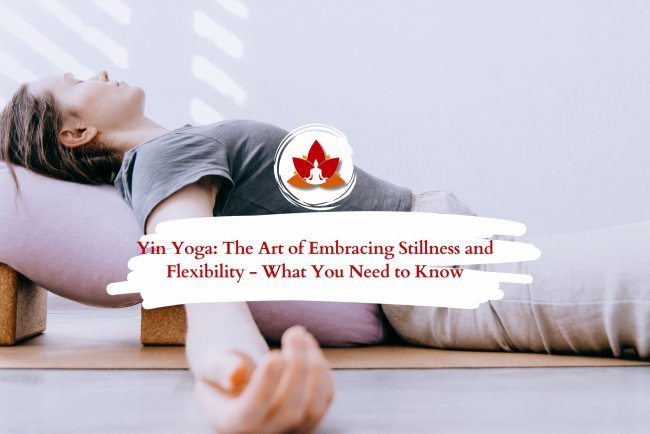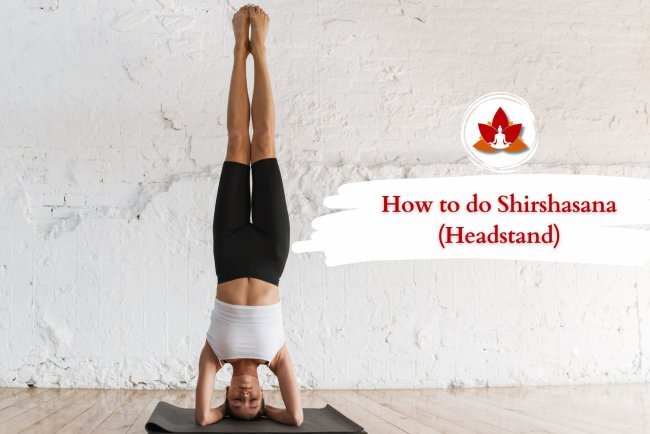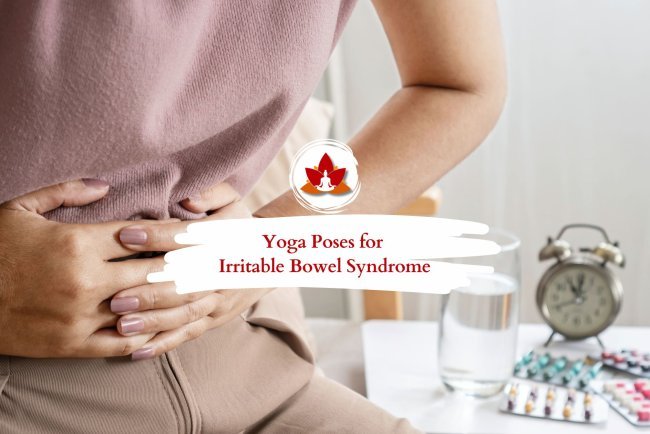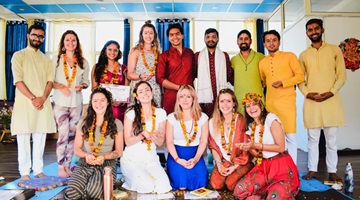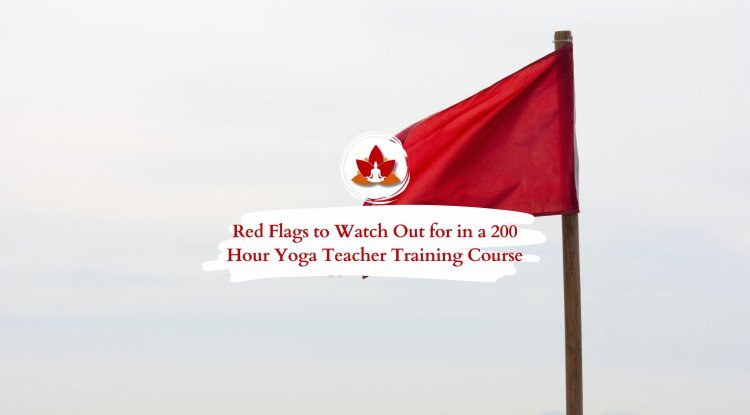How To Do The Upward Plank Pose?

Upward Plank Pose is one of the very important yoga poses which helps you to strengthen your arms, wrists, and legs, while stretching your shoulders, chest, and front ankles.
The Sanskrit word Purvottanasana is a combination of the words “purva” which translate to "east" and “uttana”, which translate to "intense stretch" and asana, which translates to "yoga pose". This pose is also known as the Upward Plank Pose or Intense East Stretch Pose, and it involves lying on your back and lifting your body into a plank position which provides you strength on your arms and intense stretch on your front body.
Steps by Step Instruction to Do Upward Plank Pose
-
Start by sitting in Dandasana (Staff Pose) with your legs stretched out in front of you and your hands resting beside your hips, fingers pointing towards your toes.
-
Bring your big toes together while maintaining a slight gap between your heels.
-
Internally rotate your inner thighs, draw your belly in and up, and as you inhale, lift your hips up as high as possible, keeping your chin to your chest.
-
Firm your shoulder blades on your back to help lift your chest up towards the ceiling.
-
When your chest is lifted you may choose to bring your head back.
-
Ensure your chin remains tucked while you bring your head back. Then, gently allow your head to return to its neutral position.
-
Alternatively, if your neck feels tense, keep your head up and your chin towards your chest.
-
Stay here for about 5 - 10 breaths, then as you exhale, lower your hips back down into Dandasana.
Note: if you are a beginner and struggling with Purvottanasana, practice this posture with the support of a chair. Sit near the front edge of the edge and place your hands around the back edge. Inhale, lift up your pelvis, with another inhale straighten each leg.
Beginners’ tips
-
If you find this pose too challenging, bend your legs at the knees and lift your hips up into a reverse tabletop.
-
Feel free to adjust your hand position that suits your shoulders: fingers point forward or away from you
-
Try to engage your gluteus muscles (buttocks) to support you in this pose.
Benefits of the Upward Plank Pose (Purvottanasana)
-
Upward Plank Pose stretches the front of the shoulders, the chest and the front of the ankles.
-
This pose helps to strengthen the arms, core, legs and back.
-
Upward plank pose is an excellent counterpose for Chaturanga Dandasana.
-
Upward plank pose helps you to Improve your physical posture.
-
Purvottanasana Stimulates the thyroid gland.
-
This yoga pose helps to improve respiratory function.
Contraindications of the Upward Plank Pose (Purvottanasana)
If you are suffering with neck injury avoid doing this yoga pose, as it's a bit intense for your neck.
If you had previously dislocated your shoulder try to avoid this yoga pose.
People with wrist injuries, such as a recent surgery or carpal tunnel syndrome should avoid this pose.
FAQ’S
Q: What is Purvottanasana or Upward Plank Pose?
A: Begin in Dandasana with your legs extended straight in front of you. Place your hands slightly behind your hips, fingers pointing towards your toes. Flex your feet. Rotate thighs inward, engage your core by drawing your belly in and up. Inhale deeply as you lift your hips as high as possible, maintaining your chin towards your chest.
Q:What are the preparatory poses for Purvottanasana?
A:Purvottanasana does not only require your strength, it also requires a good amount of flexibility to perform this pose.
To improve your arm strength you can practice Plank pose.
Bow pose can help you to stretch your chest and front deltoids which require a good amount of flexibility.
For beginners it's very important to improve your joint mobility and flexibility before you attempt such yoga poses like reverse plank. wrist flexion extension ankle flexion, extension can help you to prepare your these two essential joints which come in action. All these preparations can help you to improve your flexibility and strength for Purvottanasana.
Q: What is upward plank in Sanskrit?
A: Purvottanasana derives from a combination of three Sanskrit terms.
Purva + Uttana + Asana
Purva means east. Uttana is Intense stretch and asana means yoga pose. Purvottanasana is translated as stretching of the east part of the body.
Q: Who should not do Purvottanasana?
A: Avoid practicing Purvottanasana if you are dealing with injuries in the wrist, back, or neck. Individuals with high blood pressure should only attempt this pose under the guidance of a qualified teacher. If you suffer from migraines or Carpal Tunnel Syndrome, it is advisable to avoid performing purvottanasana.
Q: How to do Purvottanasana step by step?
A: To learn how to do Purvottanasana read the instructions above, and watch the video.
Q: What are the modification poses for Purvottanasana?
A: Reverse tabletop pose could be a good modification for Purvottanasana.
Q:How to purvottanasana if someone has trouble with hyperextension in the elbow?
A:If you have trouble with hyperextension in your elbows, this posture may be a bit uncomfortable for you. To avoid this problem you could have someone press the outside of your arms inward to stabilize your elbows, or you can microbend your elbow.
What's Your Reaction?







